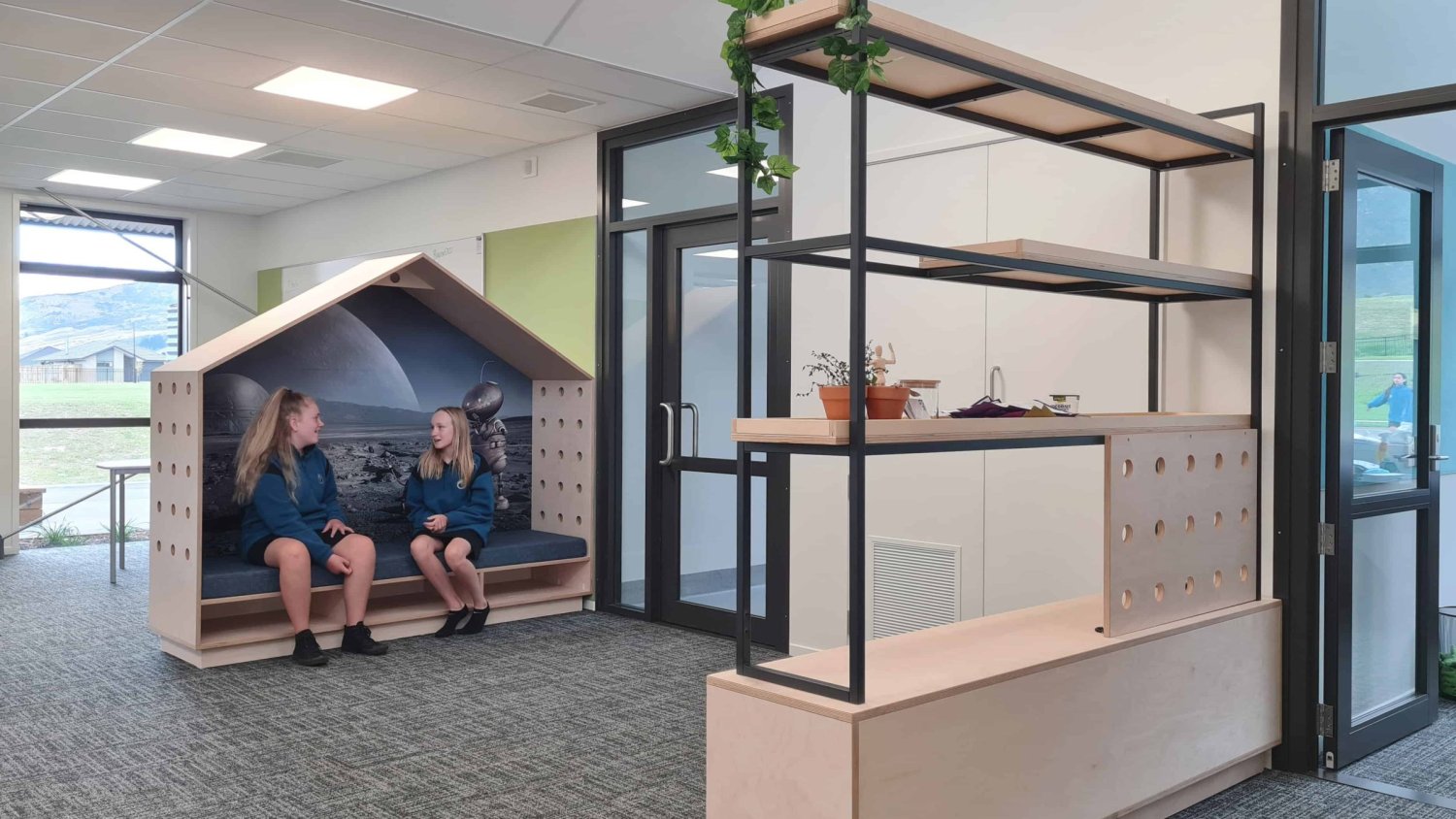Biophilic design (bringing the outdoors in) has been proven to reduce stress, enhance creativity and clarity of thought and improve our wellbeing. By incorporating biophilic elements Teachers and students alike gain head space and feel like they have their own place to settle, explore and be creative. This has endless benefits as it gives teachers the opportunity to build stronger relationships with students, gifting the students with optimal learning experiences daily.
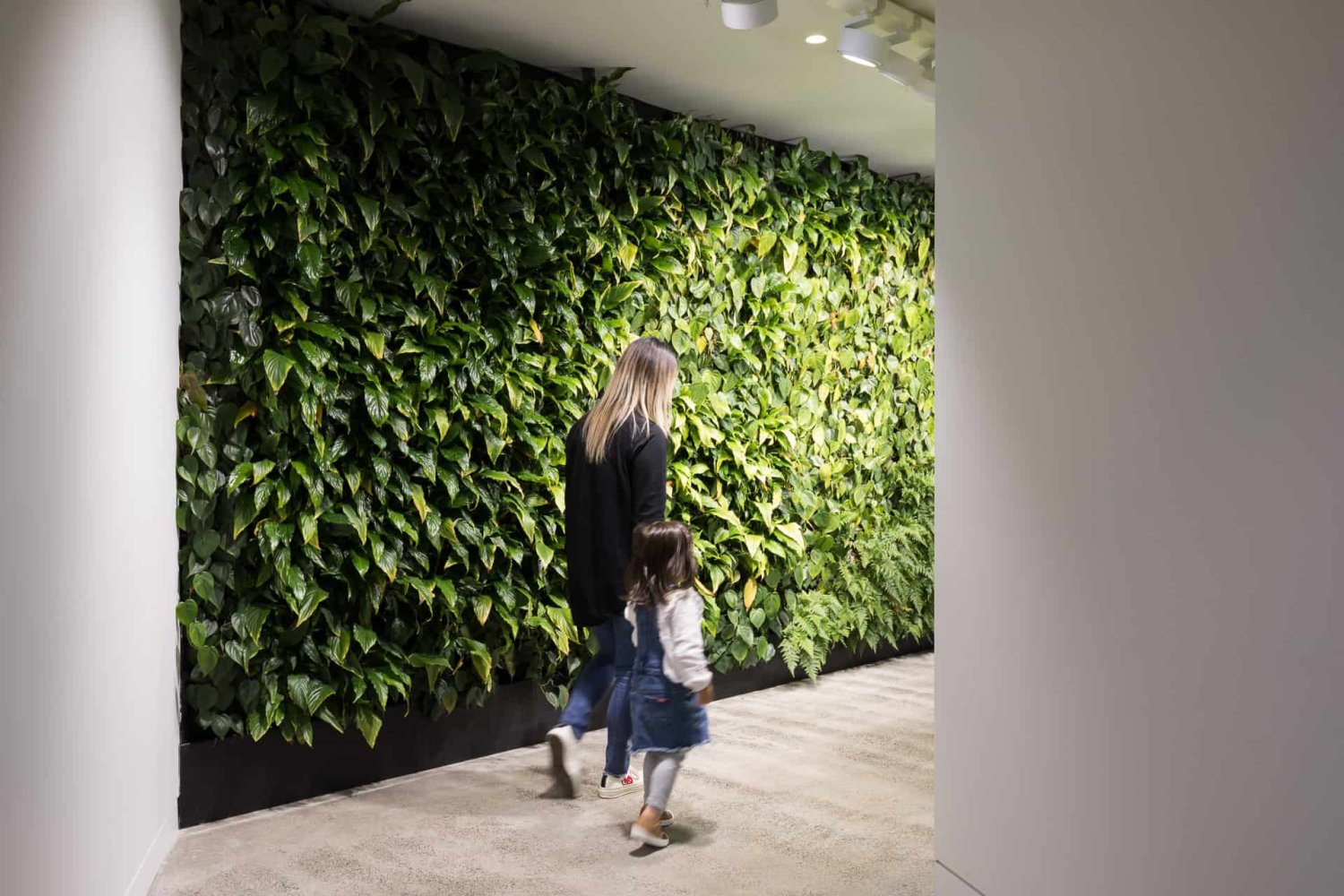
Good acoustics strongly supports biophilic design. Good acoustics are essential for a healthy learning environment. Taking away sound which bounces off every hard surfaces means stress of teachers and students reduce as they can focus on the task at hand rather than the many other activities that are going on in a classroom. This means focus increases giving and an overall improvement in well-being.
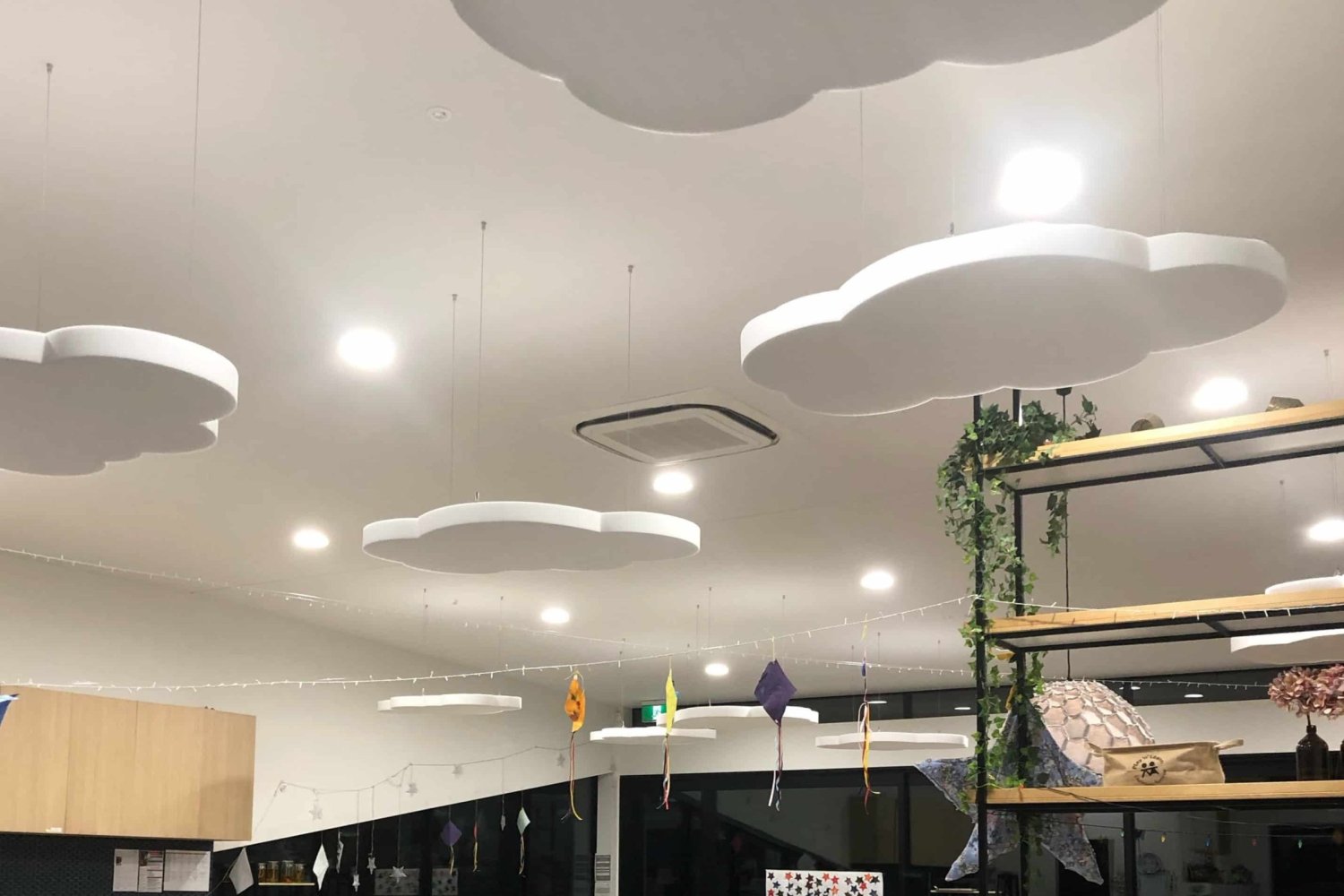
With a flexible learning environment teachers can choose how is best for each student to learn and students can learn in a way which is best for them. With multiple options of seating such as high seating, stand up desks, kneeling tables, sofas and booths. A student can choose a space to learn according to how they feel and change it up throughout the day. This increases focus and creativity as the student thinks of the task at hand rather than negative emotions such as how uncomfortable they are. The student no longer feels ‘jailed’ to their one desk but instead like they have been freed to make a choice on how they want to learn.
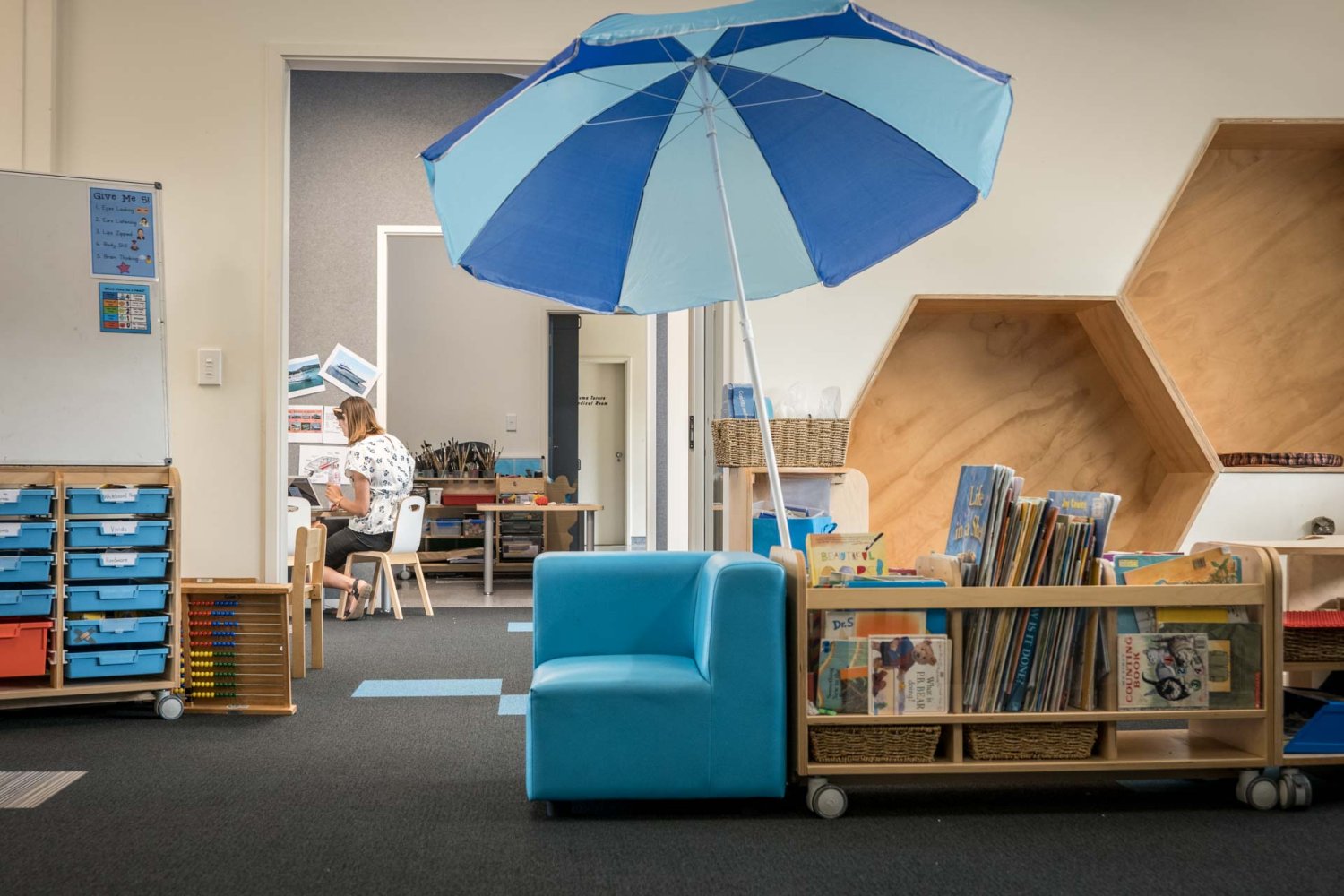
Colours of a classroom have a huge impact on students. For example if red is the dominant colour in your room this will quickly divert students focus leading to negative emotions of anger and danger. Contrastingly if you have a deep forest green as the dominant colour this will stimulates feelings of safety, growth and renewal. Shades of Blue are also great to bring about calm in the classroom. Pair these with neutral colours and you will have a winner learning space!
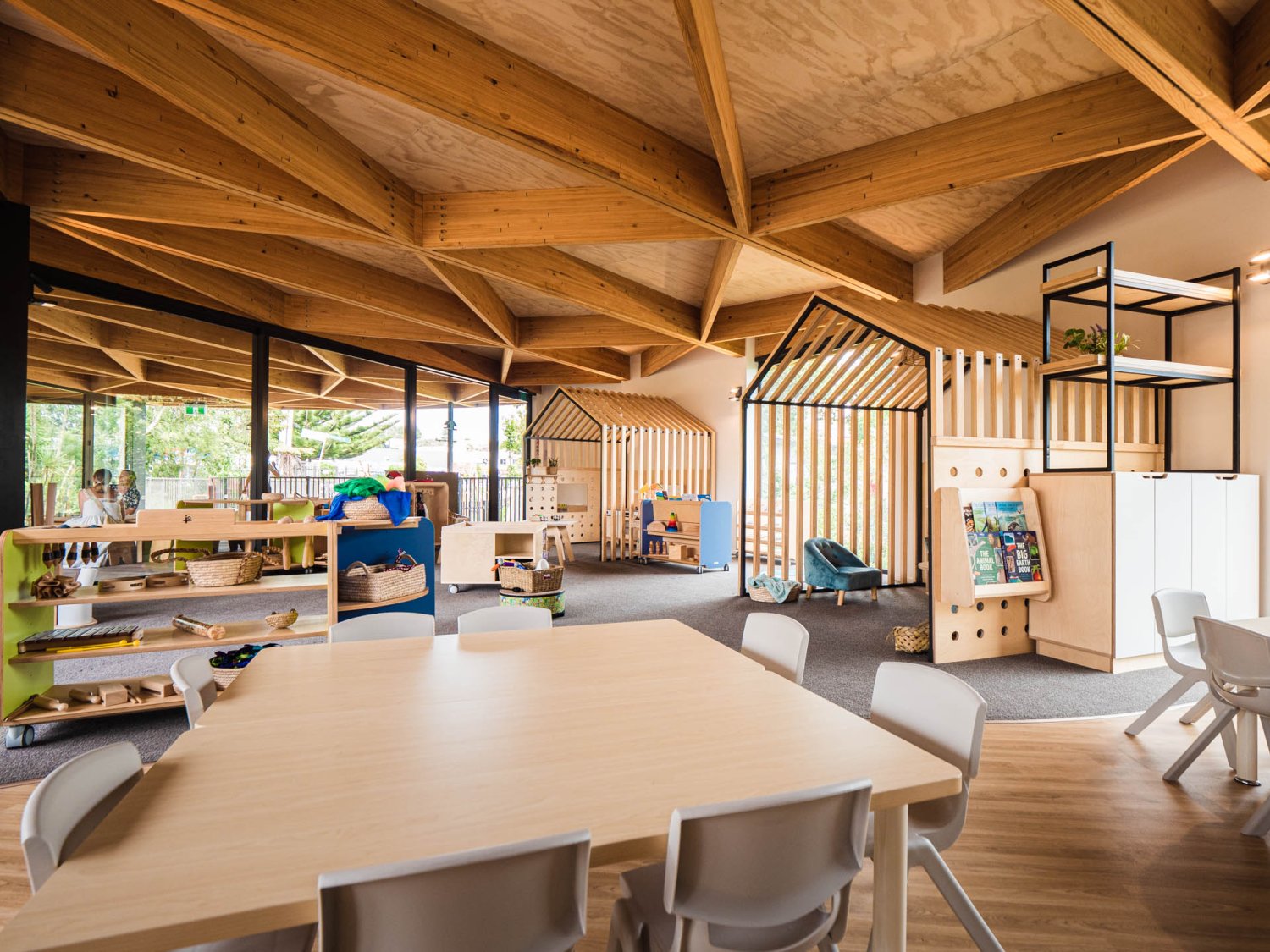
Never underestimate the power of a small space where a student can go to get away from the hustle and bustle of the classroom. These spaces can be in the form of individual booths or smaller rooms for group work of 2-3 students. In these spaces a student can reset, they feel the freedom to make mistakes without being judged or ridiculed and in general unleash their mind to their inner creativity. Some of the best students work is done in these spaces!
